Performance reviewed: 2nd May 2017 for Londondance.com
Mark Murphy’s experience over the last twenty years in mass choreography and spectacular large-scale work through working on events, such as The Glasgow Commonwealth Games Closing ceremony, shines through in his return to a touring smaller scale show.
Out of This World is a theatre piece with aerial choreography and stunning projected film and animation. The fragmentation of the story has a cinematic feel, which is effective in creating the thriller element of the story in which both the audience and Ellen, the story’s central character, try to piece together what has happened. The stunning visual projections and aerial work are the workings of an over-stimulated brain that is desperately trying to make sense of a world that has had undergone catastrophic change.
Mark Murphy researched neuroscience of the brain in order to make this work and this has really paid off as the audience are left questioning what is real and what is imagined through the ever-changing states of consciousness.
The Peacock Theatre feels very small and intimate from the intensity that is created on stage and with a performance that uses up every bit of stage space, both on ground and in the air, as well as off stage in the audience. The claustrophobic atmosphere helps create the illusion of a confined space where Ellen is in a medically-induced coma while her brain drifts freely over the fragments of memory.
The aerial work is carried out elegantly but without any fuss or indulgence into aerial dance. The minimal and functional approach to movement seems to fit with a show that displays such a myriad of stage techniques.
Where the piece falters is in the central love story between Ellen and her husband. Ellen comes to realise that she was involved in a car crash and her husband has died. It is hard to connect to the emotional aspect of the story and the performance suffers from a prolonged melodramatic scene in which Ellen must say goodbye to her husband in order to move on herself and come out of her coma. The disconnection between the plot and the emotional journey of Ellen happens due to the rhythm of constantly changing scenes and the spectacular nature of the performance. During the longer scenes, where the focus is on dialogue, I find my attention drifting and waiting for the next aerial scene or projected film to start.
The spectacular nature of this show is entertaining to watch and the mystery of what has happened to Ellen does keep you engaged with the action for two-thirds of the performance. Unfortunately, it is hard to get emotionally engaged and though the audience leave the theatre truly impressed on a visual level, they leave feeling somewhat disconnected to the central character’s journey back to reality.
Rhiannon Brace is a is a physical theatre practitioner and choreographer, with a focus on community dance theatre.
Twitter: @Rhiannonbrace
www.rhiannonbrace.com

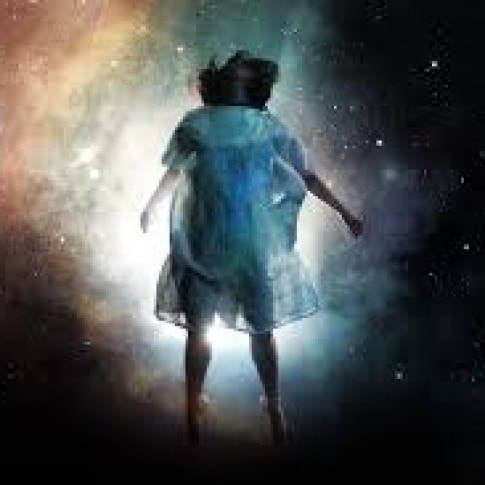
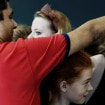
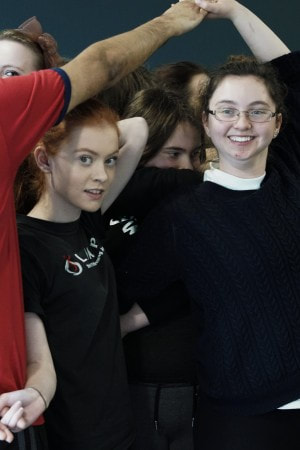
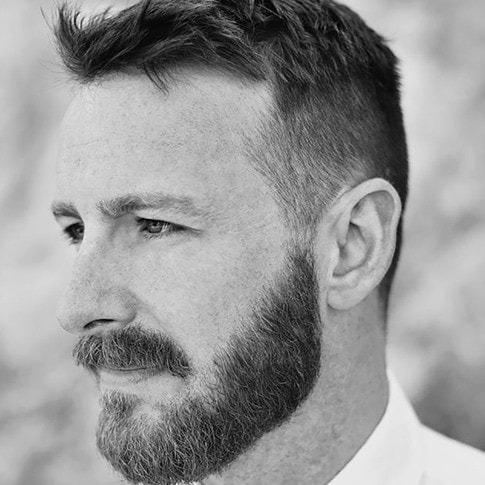
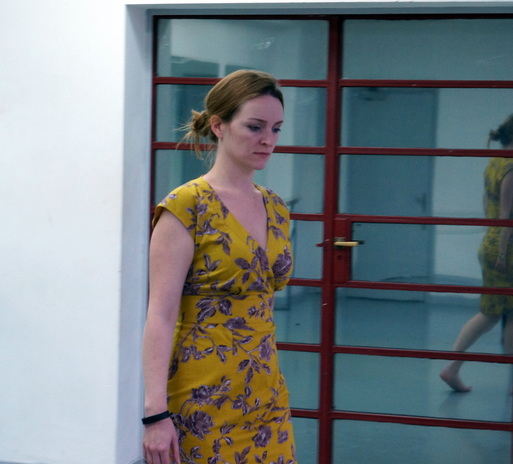
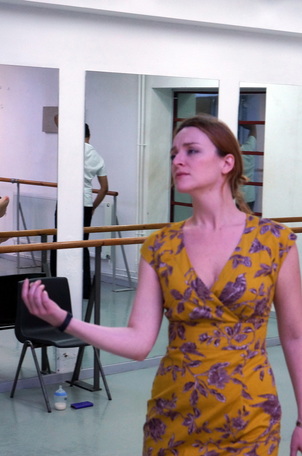
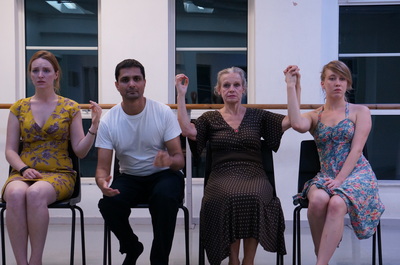
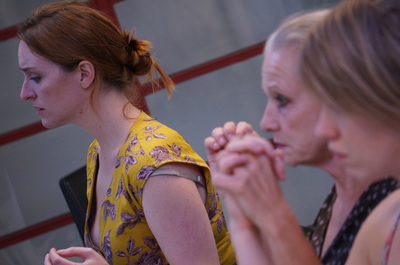

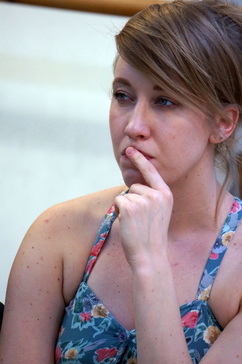
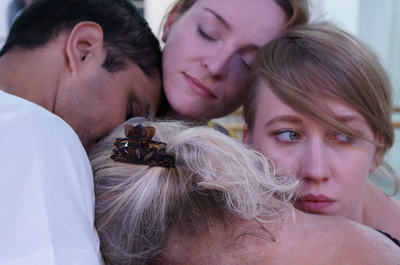
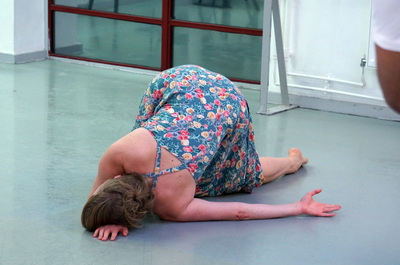
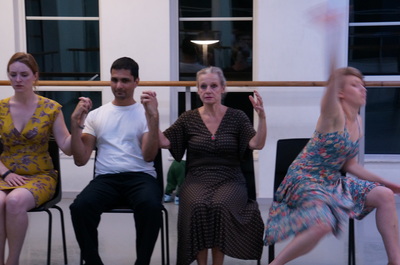
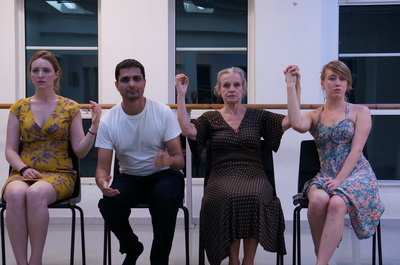
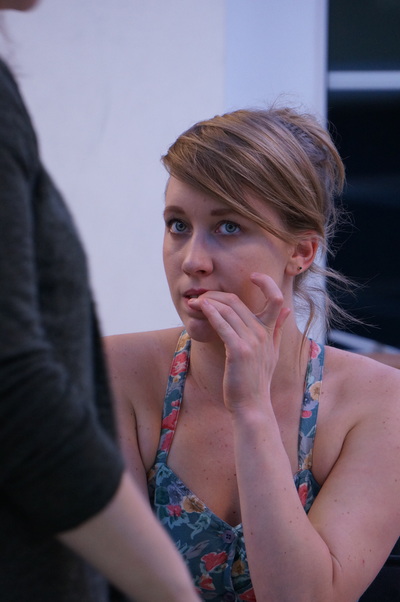
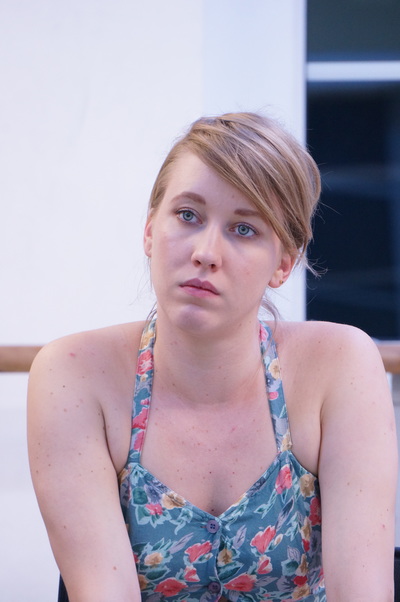
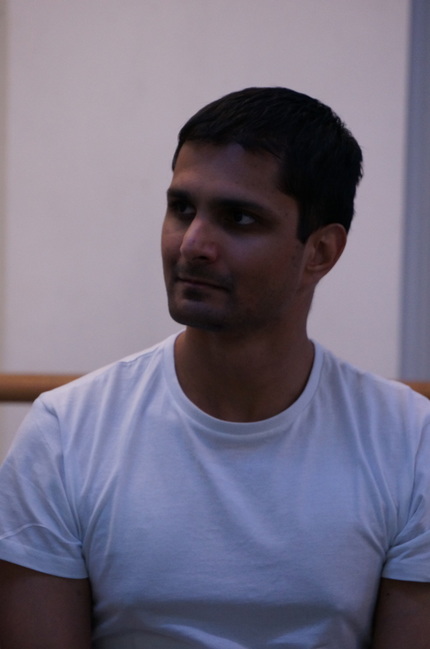
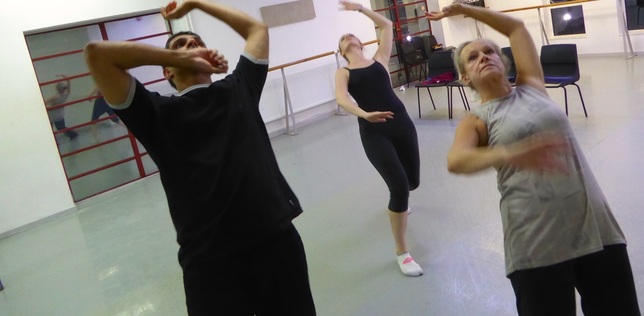
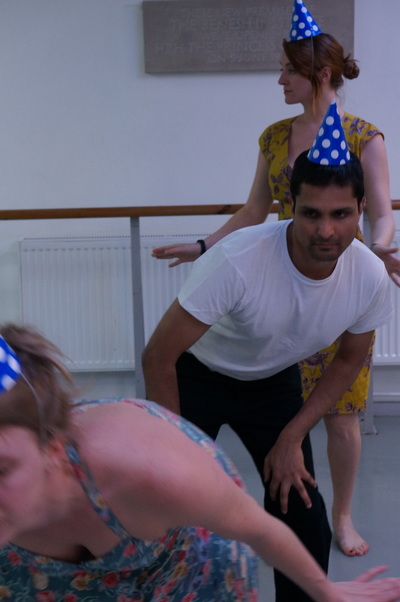
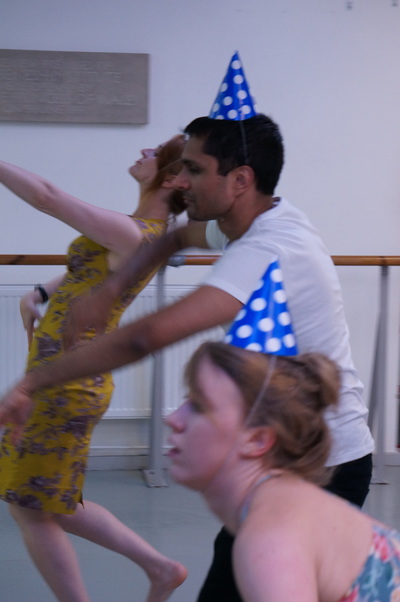
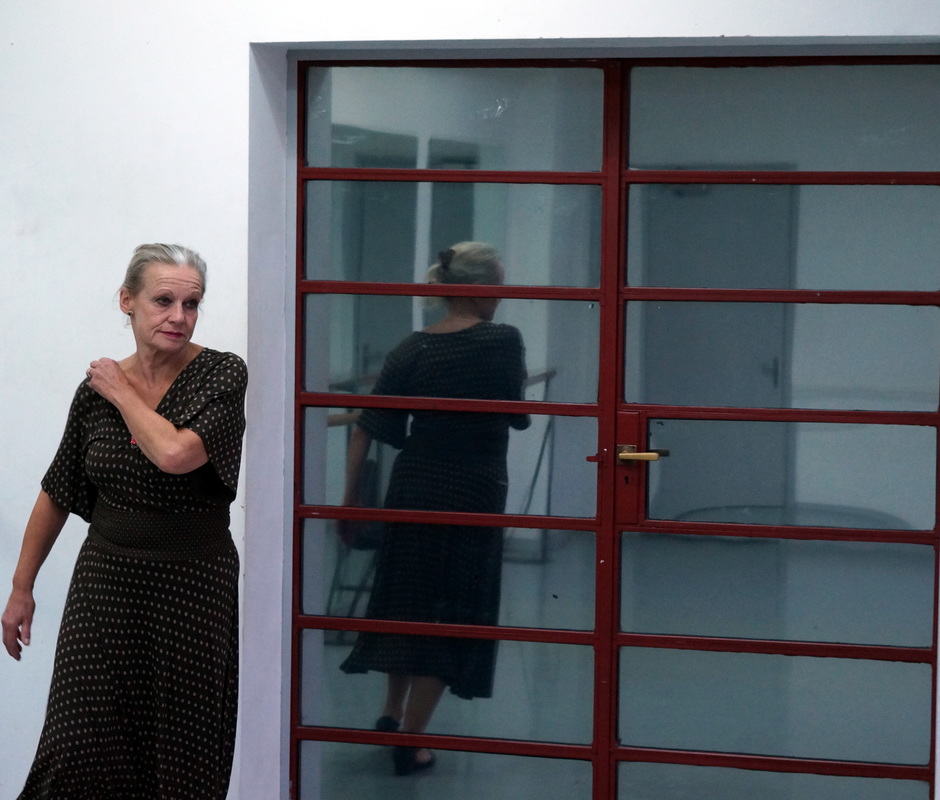

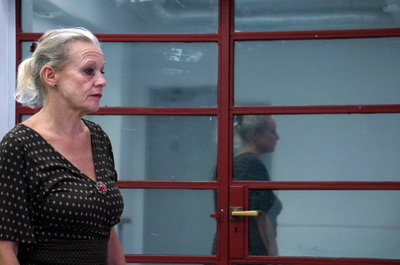
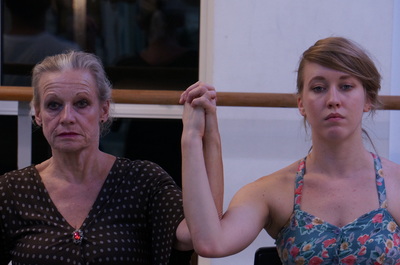
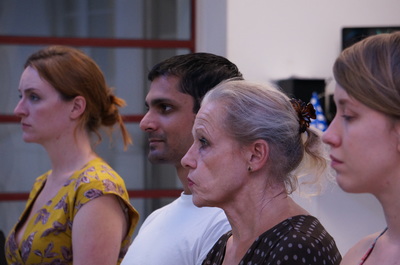
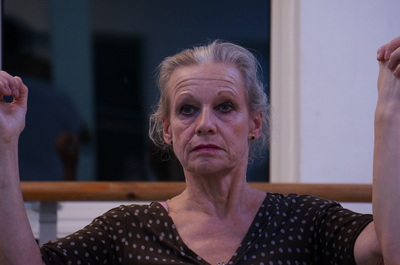
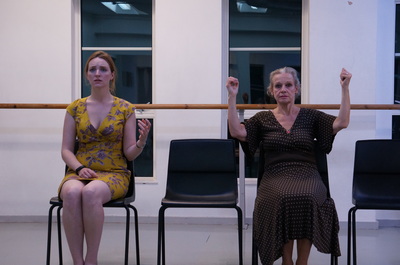
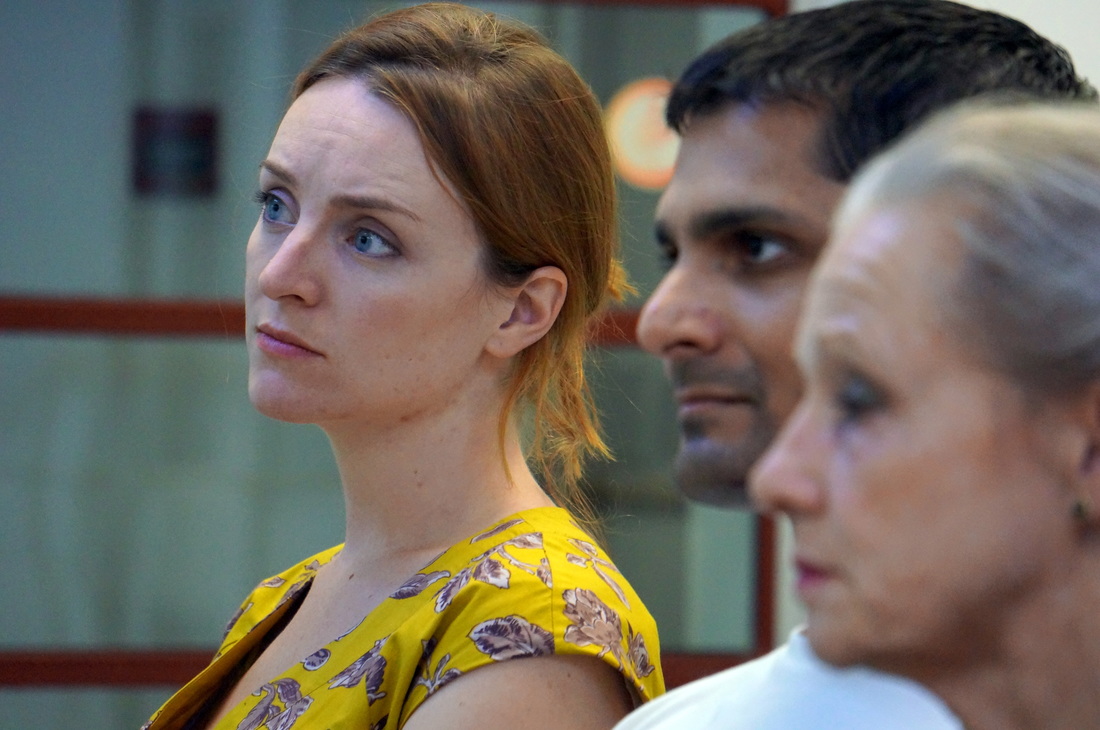
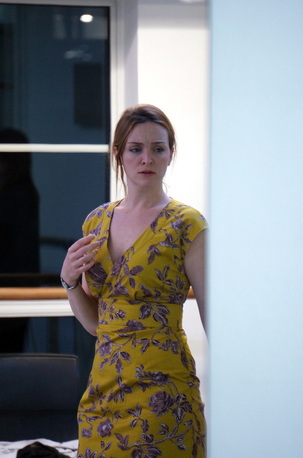
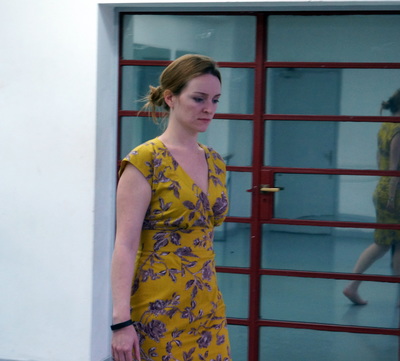
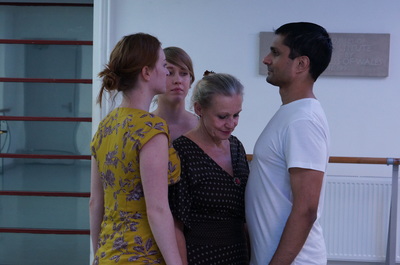
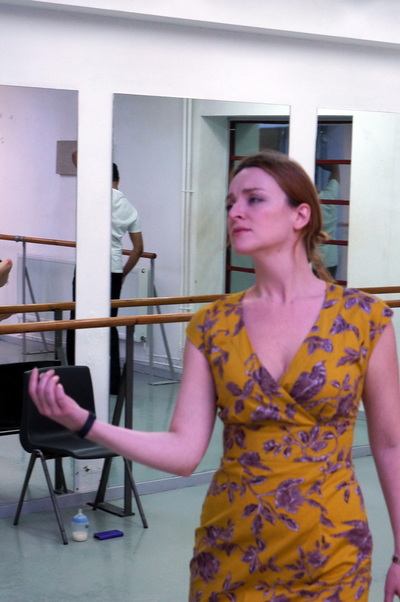
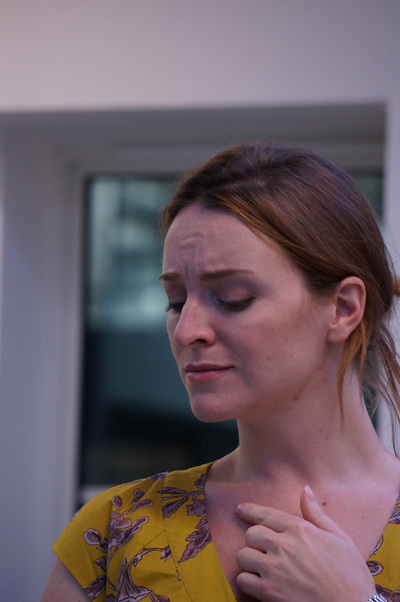
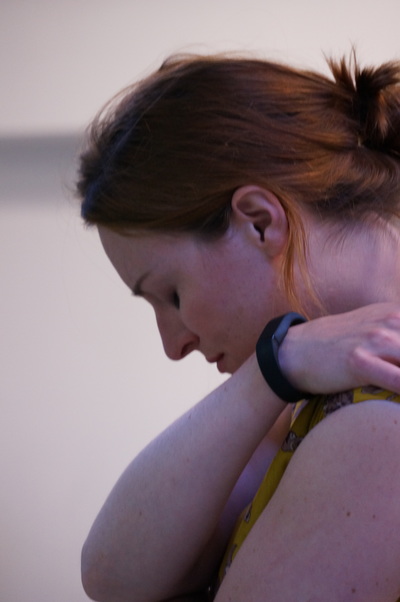

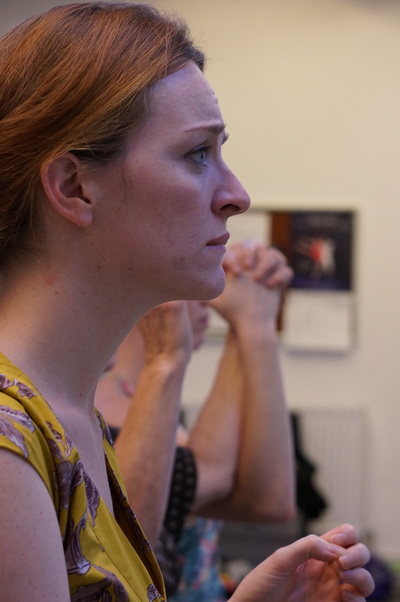
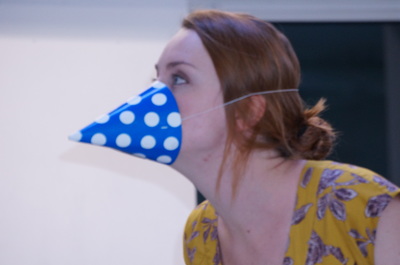
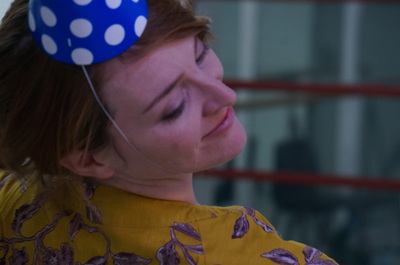
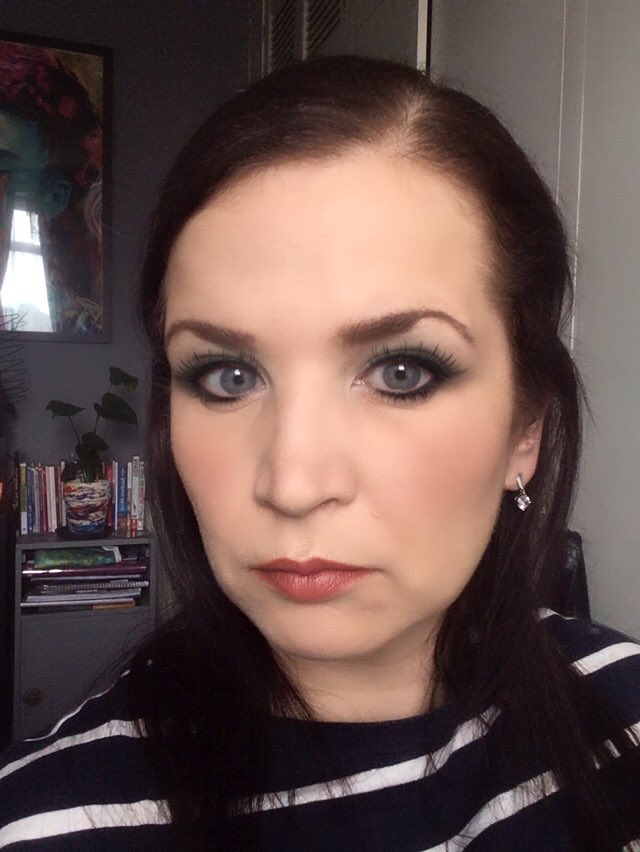
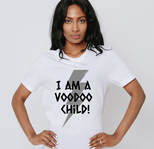
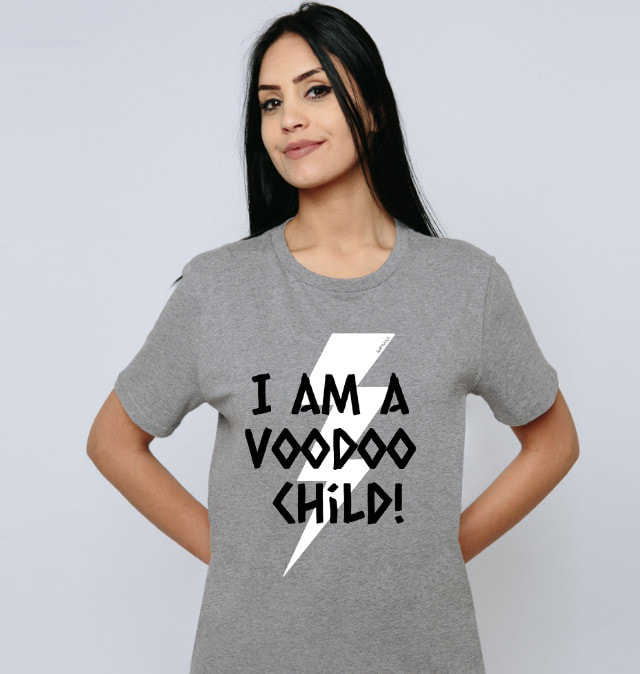
 RSS Feed
RSS Feed
